Great Gadgets for Assisted or Independent Living Seniors
Independent living products for seniors on the market today are as innovative as they are helpful. Some also serve to bridge the digital generation gap so that seniors can retain a certain level of independence and confidence. Great gift ideas too!
Here is a list of our top 10 picks!
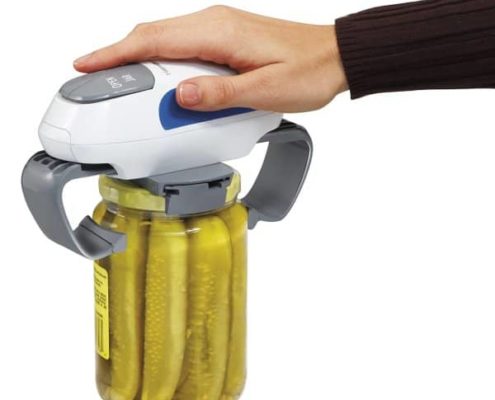 1. Automatic jar opener
1. Automatic jar opener
The Hamilton Beach Open Ease Automatic Jar Opener makes quick work of those pesky jars, which can be extremely difficult for even young people. Helps seniors with arthritis or strength issues open all kinds of stubborn jars and bottles – even child-proof prescription bottles!
2.Electronic calendar for seniors
For seniors (or anyone) with memory issues, this Memory Loss Digital Calendar clock clearly spells out the full DAY of the Week, MONTH and DATE in large, bold letters – with no confusing abbreviations. The large, bright and clear display can be seen from across the room and is invaluable for the visually impaired and the elderly.
3. Temperature-activated flow reducer
Attach this anti-scald device, to a faucet or showerhead to ensure the water stays at a safe temperature. Easy to install – no plumber needed! Can be used in private & public housing, child care centers, hotels & nursing homes. Automatically shuts-off water to a trickle before scalding occurs!
4. Motion-activated toilet night light
 Just when you thought you’ve seen everything! This motion-activated toilet night light illuminates the entire bathroom so you don’t have to waste energy with a night light or keep sleep-disrupted overhead lights turned on. The built in motion sensor detects body heat to automatically illuminate the room when you enter and shut off when you leave at night. And you can choose your color, too!
Just when you thought you’ve seen everything! This motion-activated toilet night light illuminates the entire bathroom so you don’t have to waste energy with a night light or keep sleep-disrupted overhead lights turned on. The built in motion sensor detects body heat to automatically illuminate the room when you enter and shut off when you leave at night. And you can choose your color, too!
5. Rocking garden seat
Being outdoors and gardening is a wonderful pastime but can be physically demanding as we age. It’s especially hard on the knees and back. With the height-adjustable, patented Garden Rocker Seat, the contoured rocking base works with you while you are weeding, planting, or just performing routine chores around the home.
6. TV listening speaker
My mother swears by this speaker! With two hearing aids, she used to blast the volume, which can be annoying to other people in the home, neighbors, or even pets. The Serene Innovations Listening Speaker enables her to hear words clearly right next to her with adjustable audio levels. It’s also portable for when you’re thirsty but don’t want to miss the dialogue when getting a glass of water.
7. Simple big button remote control
 Designed for seniors in mind, this remote uses big button text for easy-to-see use, even in the dark. It also includes a strong but comfortable wrist strap to prevent it from getting lost. The remote controls both the TV and cable box and programming is simple. Especially helpful to people with low or impaired vision.
Designed for seniors in mind, this remote uses big button text for easy-to-see use, even in the dark. It also includes a strong but comfortable wrist strap to prevent it from getting lost. The remote controls both the TV and cable box and programming is simple. Especially helpful to people with low or impaired vision.
8. Doorbell-telephone flashing-light signaler
Easy to install and operate, this wireless doorbell plugs into any standard wall outlet. Use it for front, side, or back doors to gain security and peace of mind. There is a variety of melodies to choose from, but the flashing light will always work even if you set the doorbell to silent-mode.
9. Portable walking cane / chair combo
Having the ability to sit and rest comfortably can make life much more enjoyable, and allows you to stroll longer and further. This lightweight portable walking chair gives you much-needed support when you need it the most. It’s easy to fold up using the attached Velcro strap when you want to use it as a cane.
10. Smart Light Outlet
If you are concerned about your loved one getting up at night and falling, or – if they have memory issues – wandering, the Smart Light Outlet will turn on a light when triggered by a cordless floor or bed mat. The cordless monitor alerts you even if you’re in another room while providing illumination when someone gets out of bed.
These and other products can be a great help for seniors to extend their independence to improve their safety and comfort while providing caregivers with peace of mind!


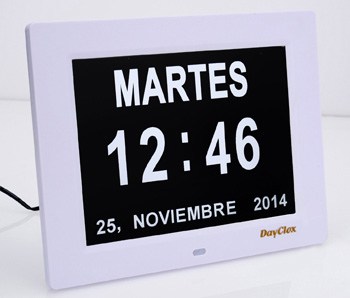
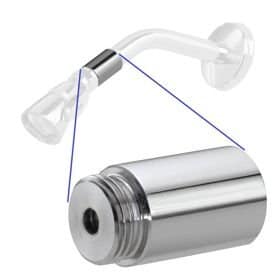
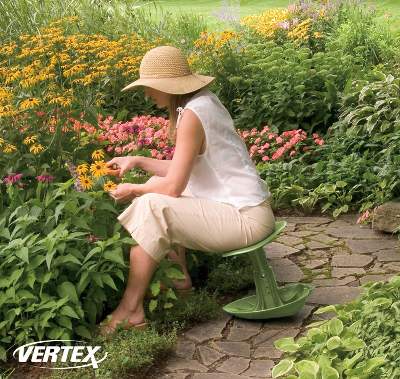
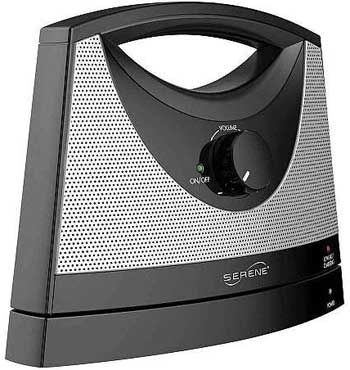

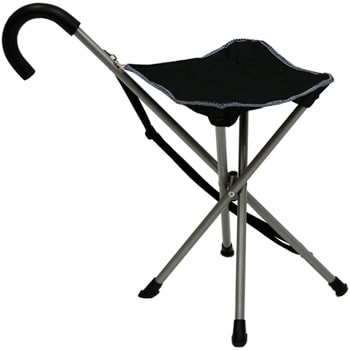
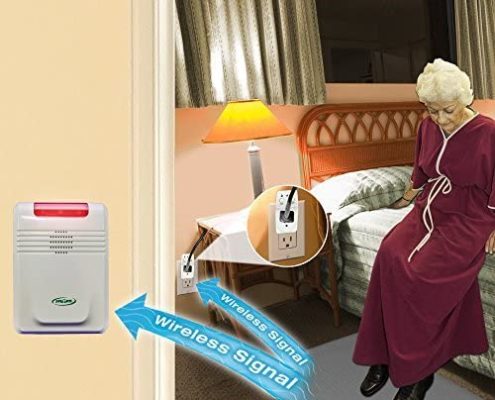




You must be logged in to post a comment.